What Is Recombinant DNA and How Do You Make It?
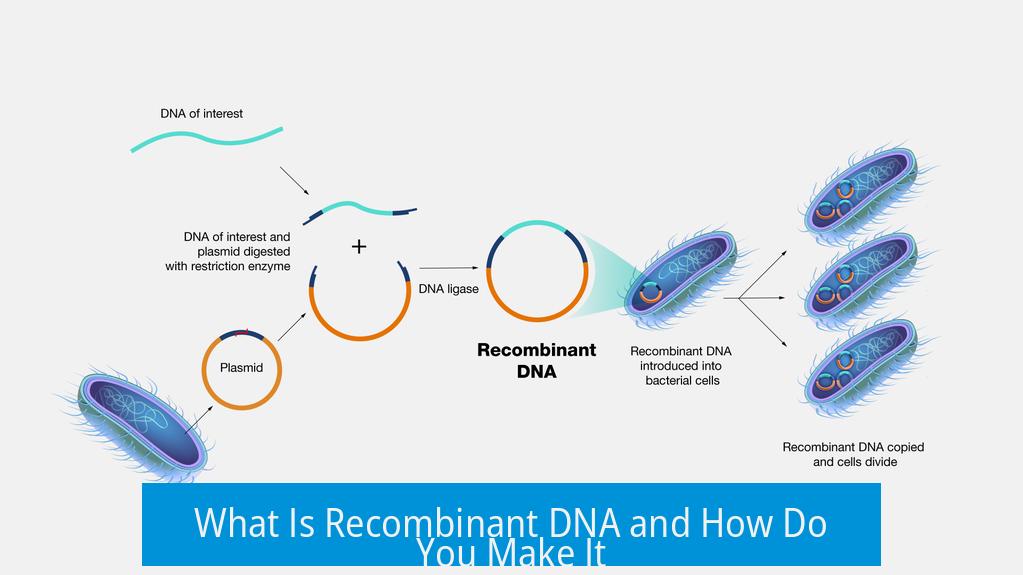
Recombinant DNA is DNA engineered by inserting a gene of interest from one organism into the DNA of bacteria or yeast so these microbes produce the desired protein. This method allows scientists to harness microorganisms as tiny factories for making specific proteins, such as therapeutic proteins.
Definition and Concept of Recombinant DNA
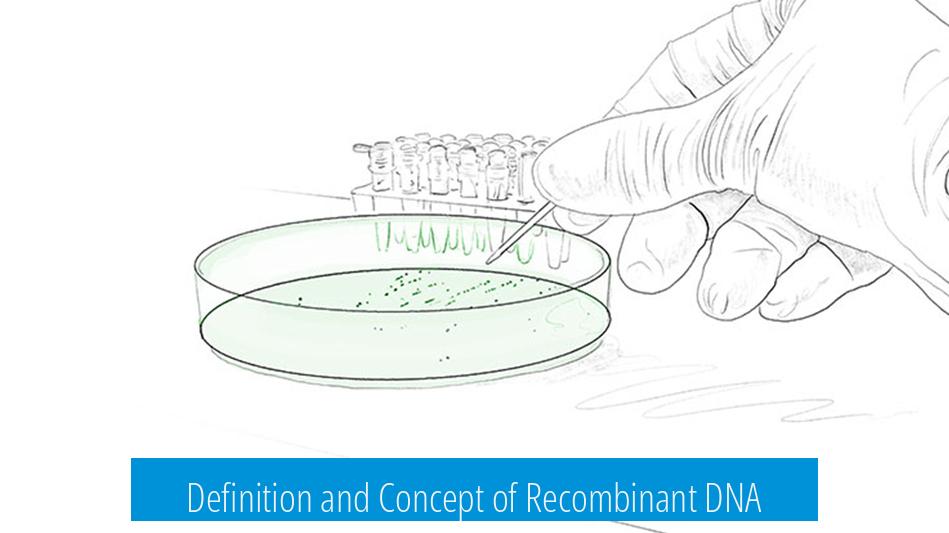
Recombinant DNA technology combines genetic material from different sources. A gene encoding a specific protein is extracted and inserted into bacterial or yeast DNA. The host organism then uses this inserted gene to produce that protein.
How Recombinant DNA Produces Proteins
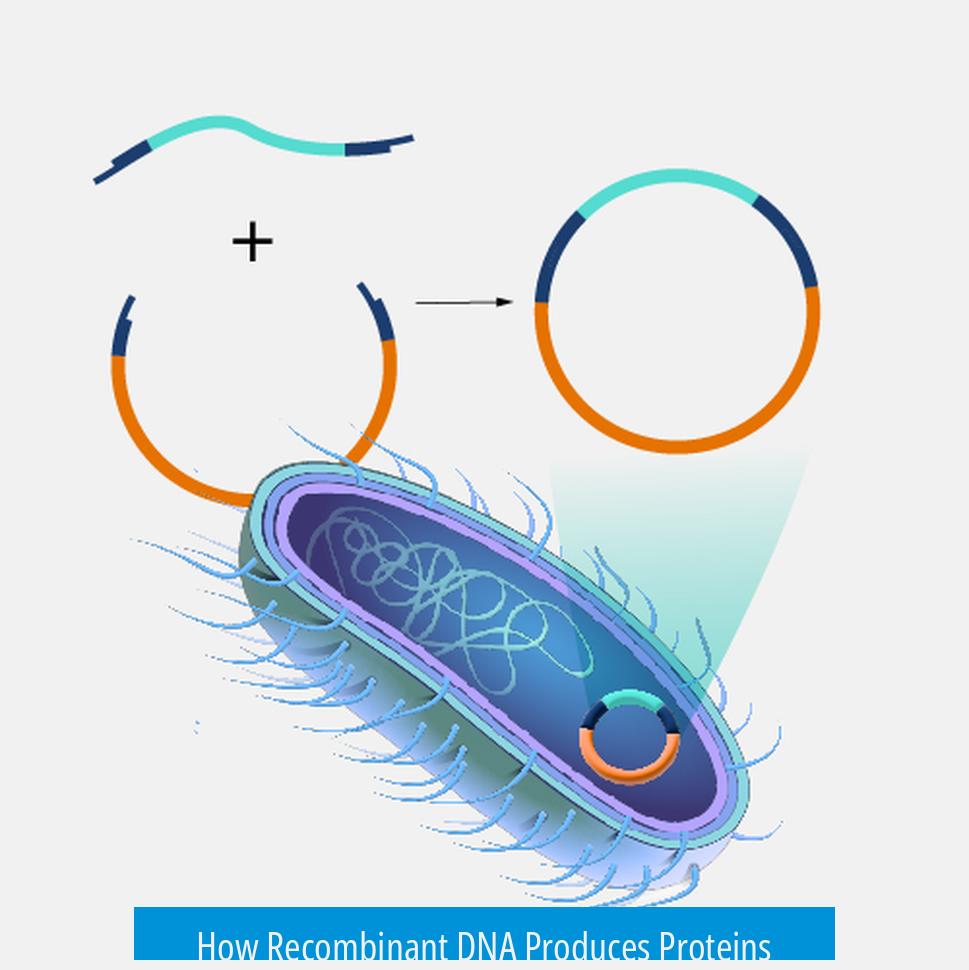
- Identify the gene encoding the target protein, for example, semaglutide.
- Isolate the gene using restriction enzymes or PCR amplification.
- Insert the gene into a suitable vector, typically a plasmid, which replicates within bacteria or yeast.
- Introduce the recombinant plasmid into host cells via transformation or transfection.
- Allow the host cells to express the gene, creating the protein product during growth.
This approach simplifies producing proteins that are otherwise difficult or expensive to synthesize chemically. Bacteria or yeast grow quickly, making protein production efficient and scalable.
Practical Considerations and Challenges

Creating recombinant DNA requires specialized laboratory equipment, such as gel electrophoresis apparatus, incubators, and sterile culture environments. The process involves cutting DNA, ligating fragments, and confirming successful insertion. Strict conditions and protocols ensure insertion and expression.
Many steps rely on pre-prepared reagents and instructions. However, laboratory skills are crucial. Even those who understand recombinant DNA theory often make errors without hands-on experience. Practical skills, such as precise pipetting and aseptic technique, affect success markedly.
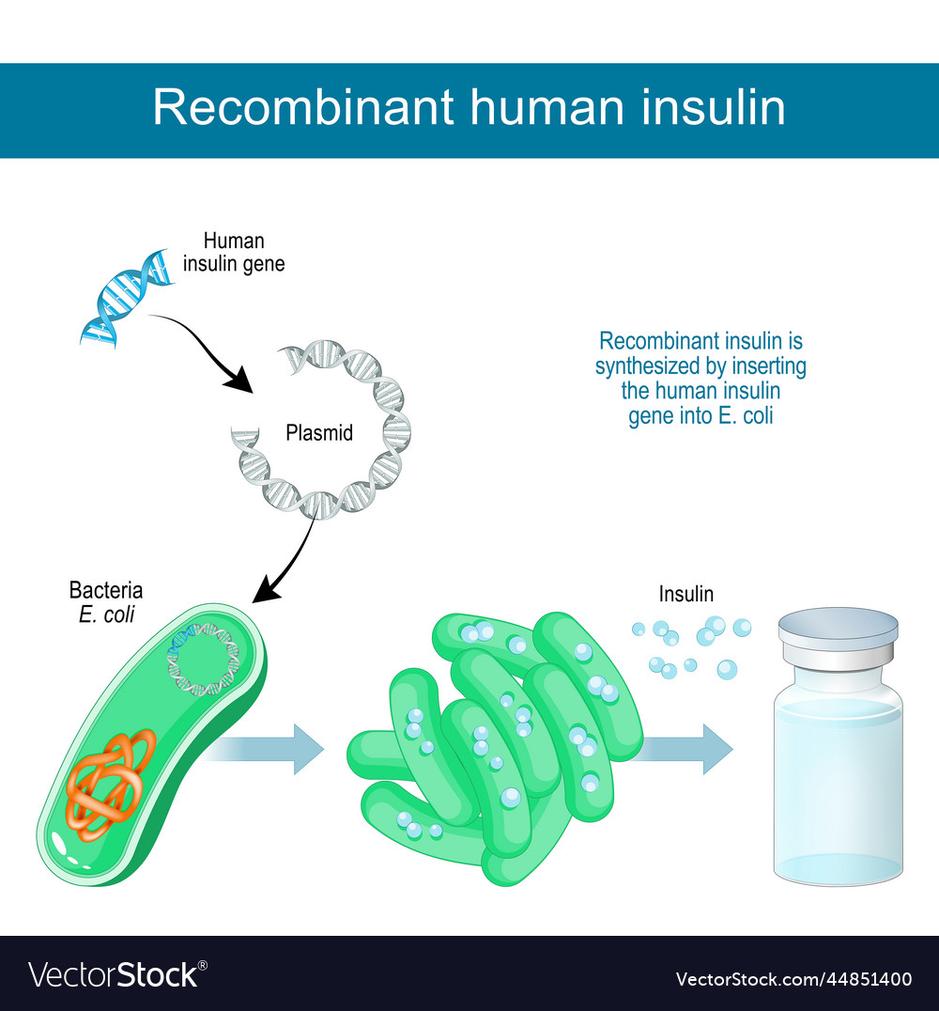
Summary of Key Points
- Recombinant DNA combines a target gene with bacterial or yeast DNA to produce proteins.
- The gene is inserted into a plasmid vector and introduced into host cells.
- Microorganisms then express the protein encoded by the recombinant DNA.
- Specialized equipment and technical skill are necessary to create recombinant DNA successfully.
What Is Recombinant DNA and How Do You Make It?
Recombinant DNA is DNA taken from bacteria or yeast with a gene added in that codes for a specific protein you want to create, enabling these tiny organisms to produce that protein for you. This might sound like sci-fi wizardry, but it’s a cornerstone of modern biotechnology. Imagine you need a complex protein—like semaglutide, used in diabetes treatment. Trying to make it from scratch is a nightmare in the kitchen. But hand the recipe (gene) to a bacterial chef, and it churns out the protein efficiently and reliably.
Let’s unpack this fascinating process, clarify the key steps, and address the challenges, all while sharing some practical tips to understand the magical, yet technical world of recombinant DNA.
What Is Recombinant DNA, Really?
At its core, recombinant DNA is a custom-made genetic blueprint. It combines DNA from different sources—in this case, natural bacterial or yeast DNA with a gene that codes for the protein you want. The bacteria or yeast then behave like tiny bioreactors, producing the protein as instructed by the new gene.
Think of bacteria as busy little factories. Normally, they make proteins their DNA says to. By adding a new gene, you’re swapping out their usual recipe and giving them instructions for something new. This could be insulin, growth hormones, or semaglutide.
How Do Scientists Make Recombinant DNA?
Creating recombinant DNA isn’t like mixing dough; it’s a precise lab process that follows specific protocols. Here’s a simple outline of how it works:
- Identify the gene of interest. Scientists isolate the DNA sequence that codes for the protein they want. For semaglutide, this gene carries the instructions for making that specific protein structure.
- Cut the DNA. Using special enzymes called restriction endonucleases, both the bacterial DNA and the gene-containing DNA are cut. These molecular scissors make matching cuts so pieces can fit together snugly.
- Insert the gene. The cut gene is then spliced—or recombined—into the bacterial or yeast DNA. This is usually done with the help of vectors (like plasmids), which shuttle the gene into the host cells.
- Introduce the recombinant DNA into bacteria or yeast. This step, called transformation, gets the new DNA inside the organism, effectively upgrading its genetic toolkit.
- Grow the microbes. Once transformed, bacteria or yeast multiply rapidly, churning out the desired protein encoded by the inserted gene.
Each step requires care, precise reagents, and lab equipment. It’s not a weekend DIY project unless you’re a trained professional with a sterile lab setup.
Why Use Bacteria or Yeast? The Protein Production Powerhouses
Producing proteins like semaglutide using bacteria or yeast is much easier and cost-effective than chemical synthesis. Semaglutide is a complex molecule—a protein. Synthesizing proteins from scratch involves intricate chemical processes and can be extremely expensive. Instead, let’s just harness nature’s simplest protein-making machines: bacteria and yeast.
These microbes can produce the protein in large amounts, often with correct folding and biological activity, if the gene and conditions are right. This method revolutionizes medicine production, reducing cost and time for important drugs.
Practical Hurdles: Knowing Vs. Doing
Here’s a twist—a lot of people who understand recombinant DNA very well still struggle with the actual lab work. It’s a classic gap between theory and practice. Handling DNA is delicate work. Mistakes happen all the time, even to experienced hands.
Why? It requires more than book knowledge. You need dexterity, patience, and the right environment—clean lab benches, sterile tools, calibrated machines. Even tiny contaminants can ruin the process.
If you don’t have a fully equipped molecular biology lab and hands-on training, you’re likely to mess up the process. This isn’t unique or shameful; it’s how science works. Trial, error, and gradual mastery are part of every lab expert’s journey.
Benefits of Recombinant DNA Technology
- Efficiency: Enables fast production of valuable proteins like hormones or vaccines.
- Scalability: Microbes reproduce quickly, making large-scale protein production feasible.
- Customizability: Scientists can design proteins with specific characteristics by tweaking genes.
- Cost-effectiveness: Biological production beats chemical synthesis in many cases.
Recommendations for Enthusiasts and Beginners
Curious about recombinant DNA? Start with foundational biology and genetics. Online courses or basic labs can introduce you to concepts like DNA extraction and gel electrophoresis. But remember, making actual recombinant DNA requires specialized equipment and sterile techniques.
If you want hands-on experience, look for university labs or biotech workshops. They provide supervised environments to learn proper methods and avoid contamination mishaps.
Taking It a Step Further: Real-Life Example
Consider semaglutide—used for type 2 diabetes and obesity. Chemically synthesizing this protein is a challenge. Instead, scientists insert the gene coding for semaglutide into yeast, which then produces it naturally. This innovation cuts down production time and cost, making the treatment more accessible.
In summary: recombinant DNA is a carefully engineered combination of genes that allow bacteria or yeast to make desired proteins. The process requires a blend of genetic insight and hands-on technique—involving gene identification, cutting and recombining DNA, and transforming host organisms. While challenging, recombinant DNA technology powers vital advances in medicine and industry. But don’t try this at home unless you have a well-equipped lab and some serious skills!
So next time you hear about cutting-edge protein therapies or biotech breakthroughs, remember it all starts with a little DNA swapping in some microbial factories.
What is recombinant DNA?
Recombinant DNA is DNA that combines genetic material from different sources. It involves adding a gene from one organism, like bacteria or yeast, so they can produce a specific protein.
How do scientists create recombinant DNA?
They isolate a gene for the protein needed, insert it into the DNA of bacteria or yeast, and then allow these organisms to produce the protein. This process requires lab tools and skills.
Why use bacteria or yeast to make proteins?
These organisms can produce proteins faster and cheaper than making them from scratch in a lab. They act like tiny factories once they carry the recombinant DNA.
What challenges exist in making recombinant DNA?
The process requires precise lab work and experience. Even experts can make mistakes when mixing genes and growing organisms, so practical skills are crucial.
Can recombinant DNA be made without a lab?
Technically no. Specialized equipment and controlled conditions are needed. Without a lab and training, the process is difficult and error-prone.


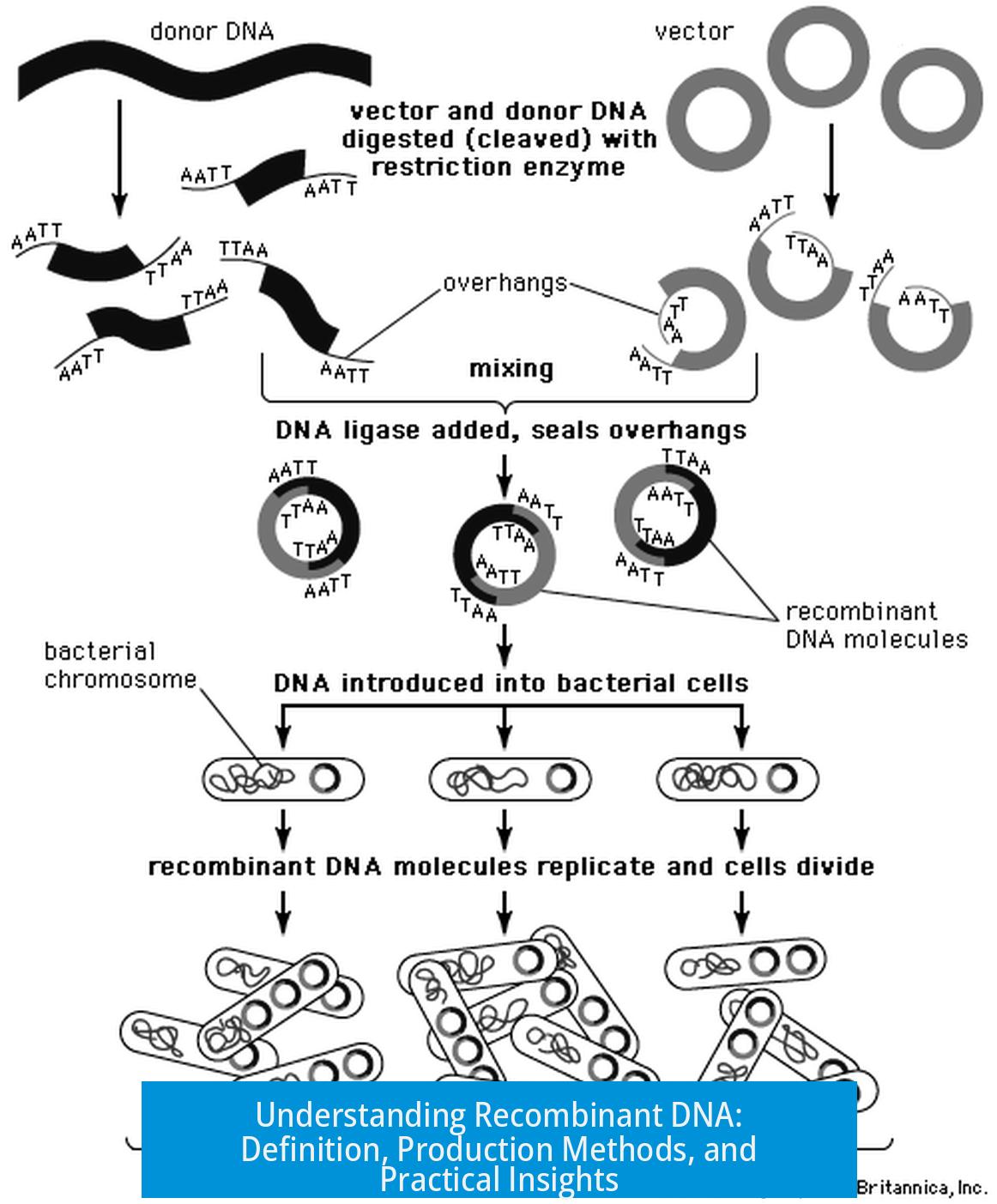
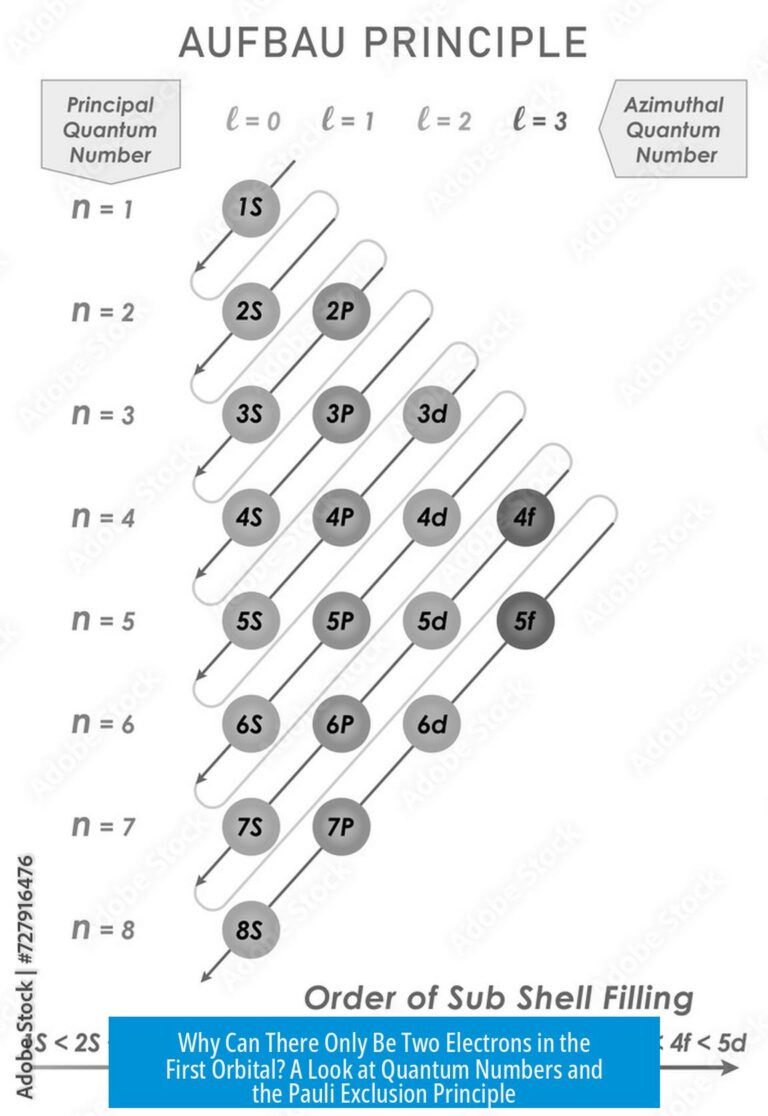

Leave a Comment